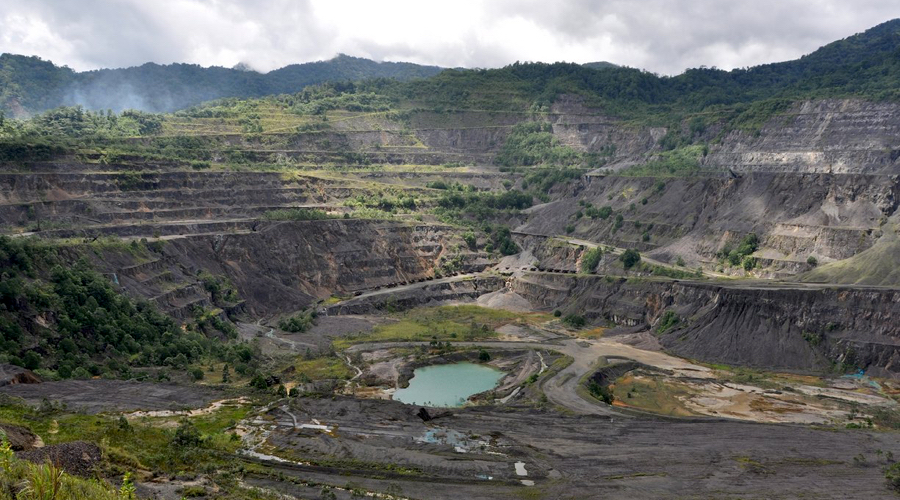Rio Tinto’s abandoned Panguna copper mine still a threat, report says

Rio Tinto Group contributed to widespread damage due to waste left at an abandoned copper mine in Bougainville, Papua New Guinea, and risks to local communities are ongoing, a report has found.
Panguna, which was operated by Rio subsidiary Bougainville Copper, was once one of the world’s largest copper mines. It was shut in 1989 after local protests over the disbursement of revenue from the mine degenerated into a civil war that killed as many as 20,000 people. The project has remained abandoned and Rio has struggled to obtain access to the site for remedial purposes.
In 2021, Rio agreed to fund an independent study, undertaken by environmental firm Tetra Tech Coffey. The report released Friday found serious contamination to the Jaba-Kawerong river and its tributaries, while the tailings dam — where waste from the mine is stored — is unstable and at risk of collapse. There is a risk of landslides, and parts of the mine are so unstable that there’s a threat to human life in nearby communities, it said.
“While we continue to review the report, we recognize the gravity of the impacts identified and accept the findings,” Rio’s Australia chief, Kellie Parker, said in a statement.
The Human Rights Law Centre, which lodged a complaint to the Australian government that prompted the report, welcomed the findings and called on Rio to commit to addressing its recommendations. It said the miner should contribute to a “substantial, independently managed fund to help address the harms caused by the mine and assist long-term rehabilitation efforts.”
“This is a defining moment for Rio Tinto’s social license to operate,” the centre’s legal director, Keren Adams, said in a separate statement. “Rio Tinto now has a critical opportunity to demonstrate that it is serious about meeting its human rights and environmental obligations by committing to remediation.”
(By Paul-Alain Hunt)
{{ commodity.name }}
{{ post.title }}
{{ post.date }}

Comments